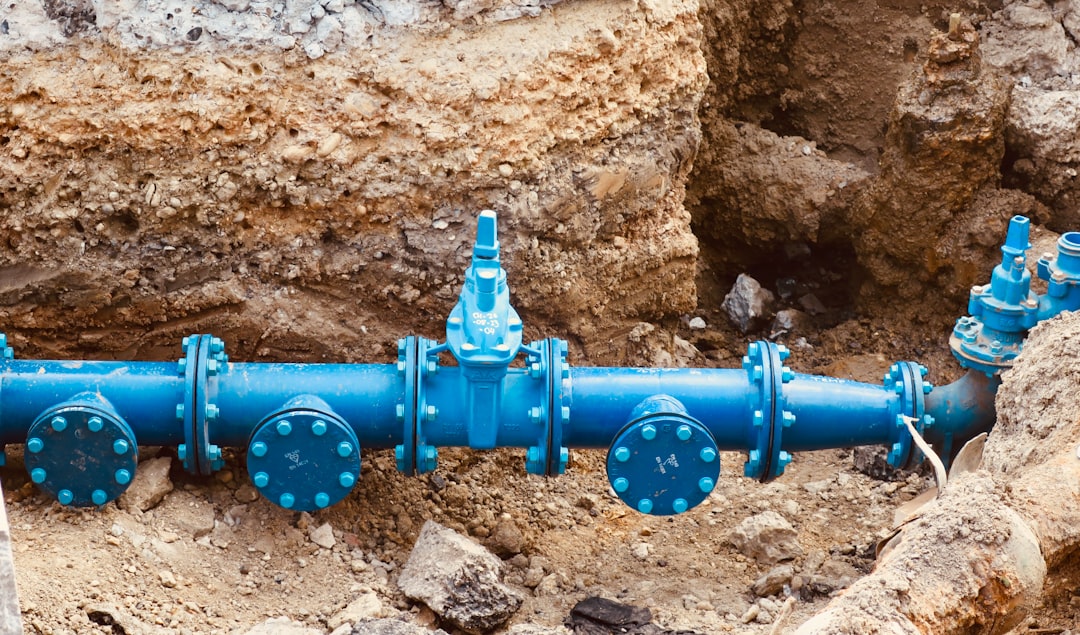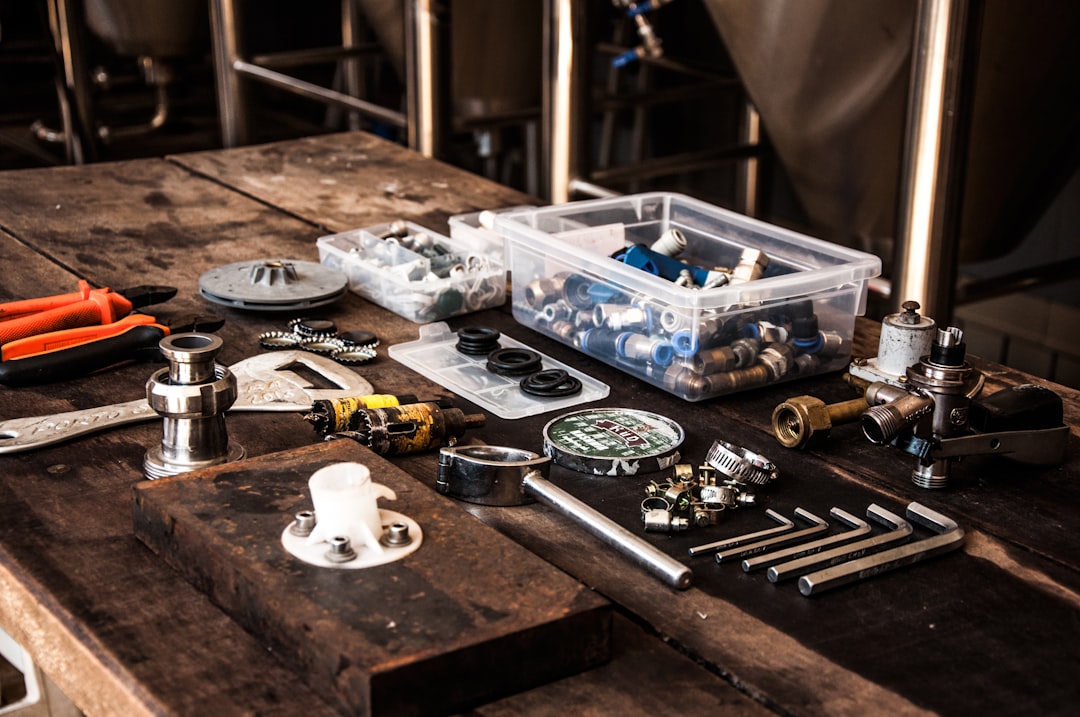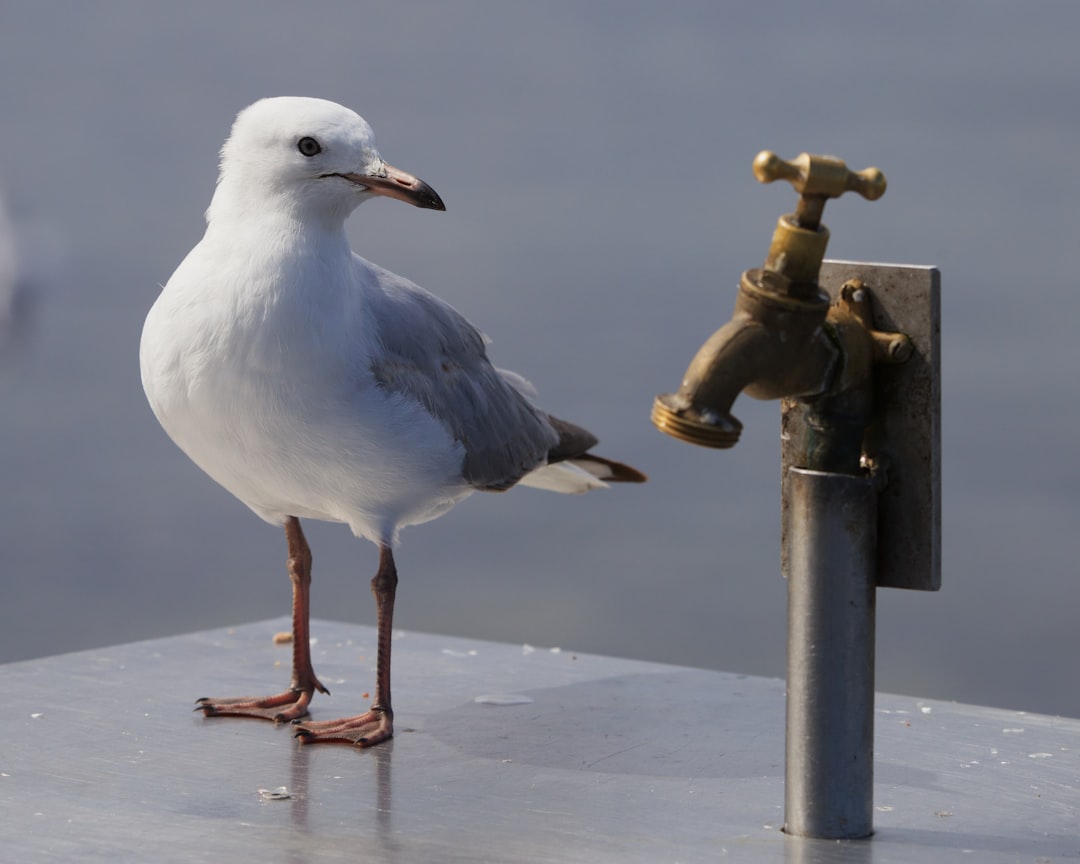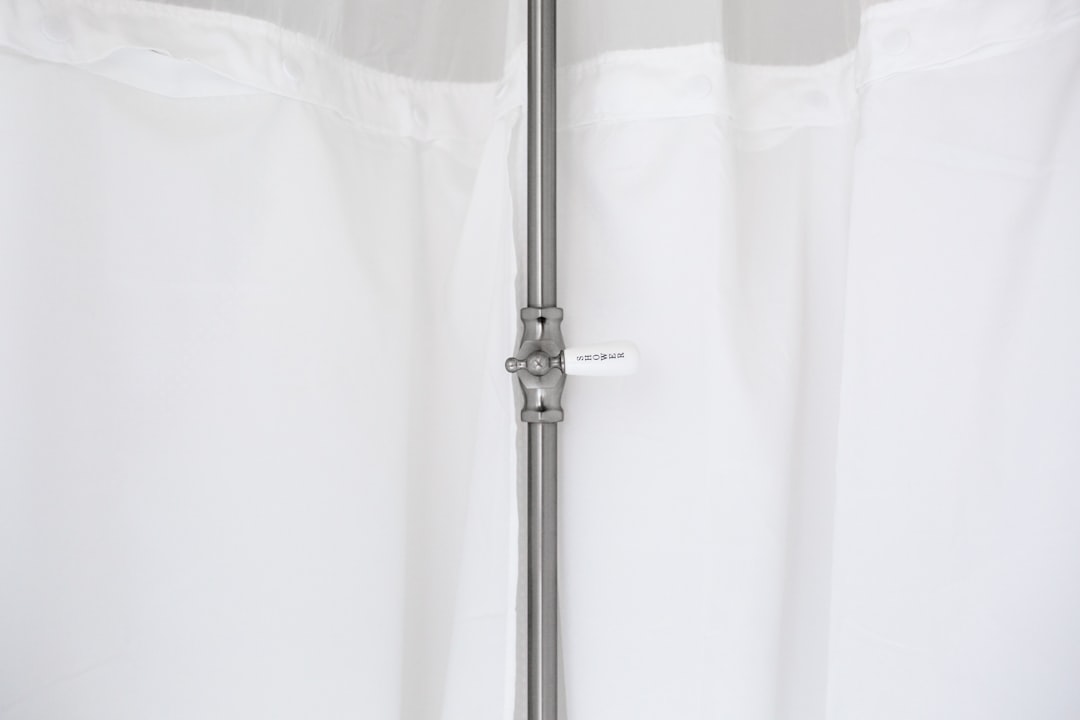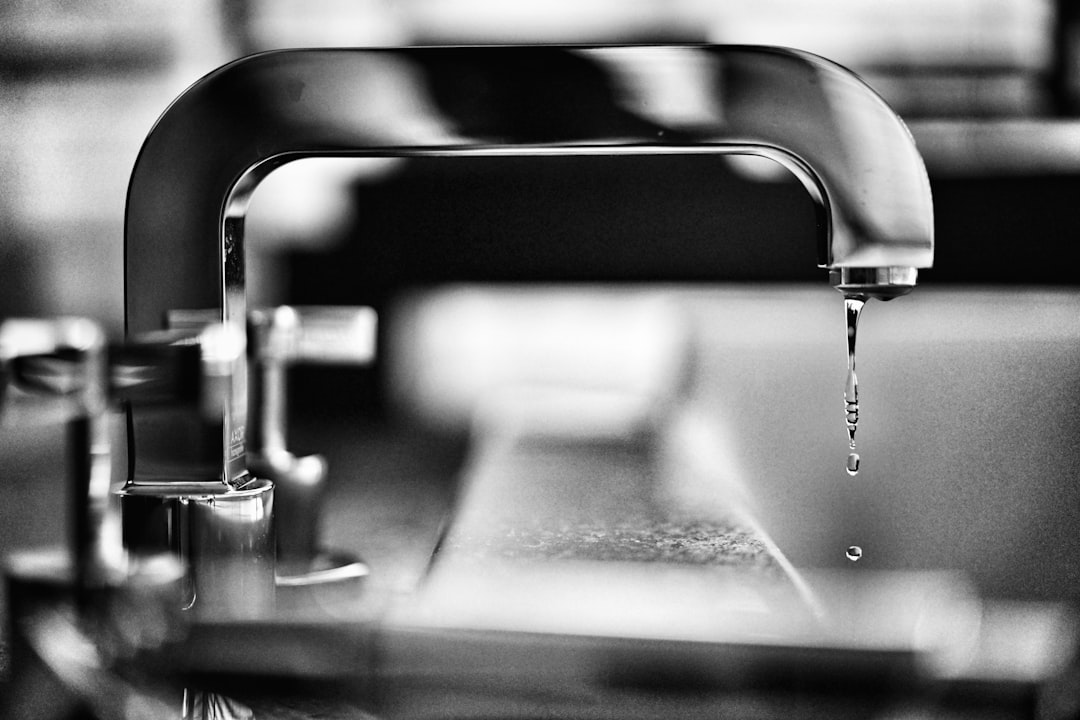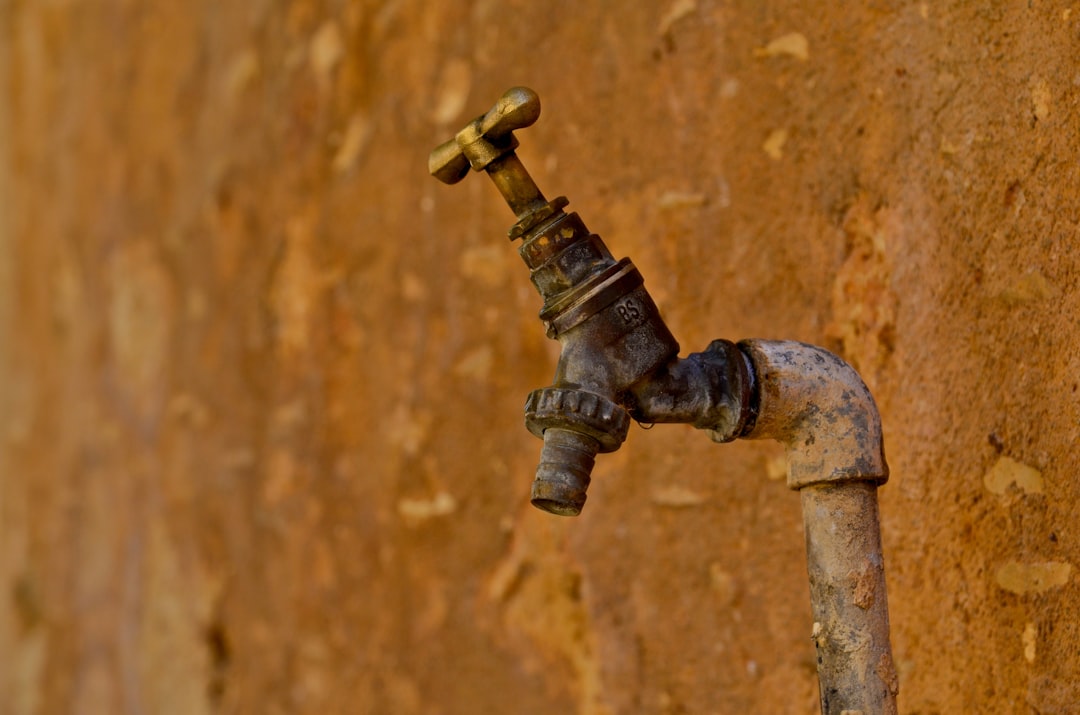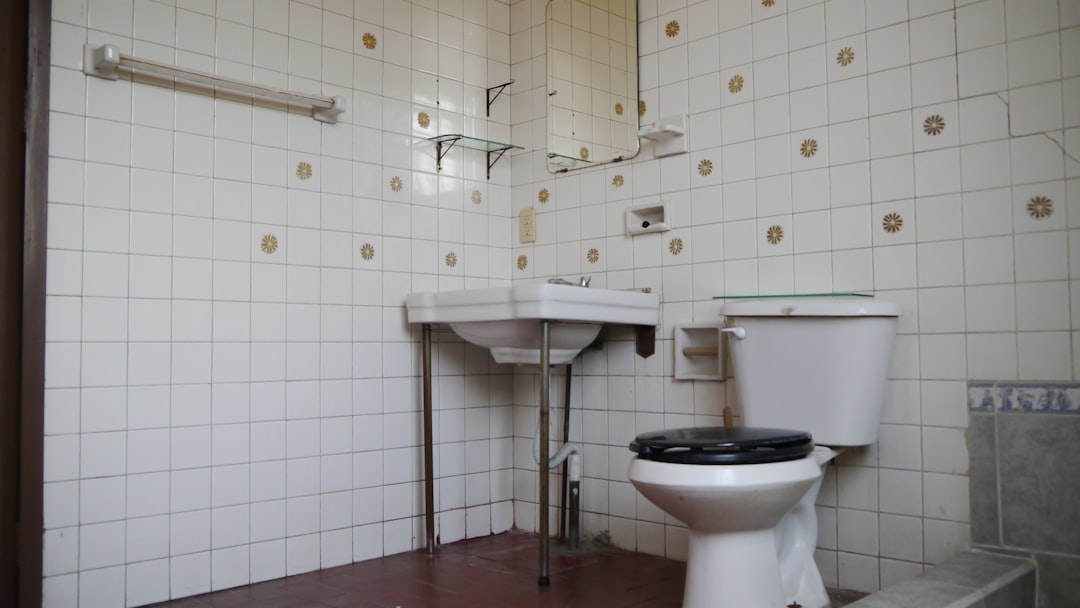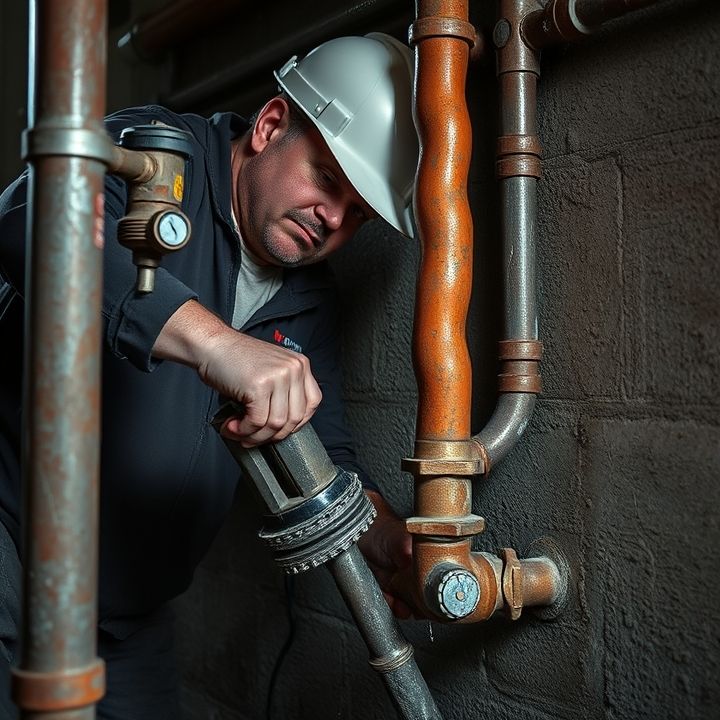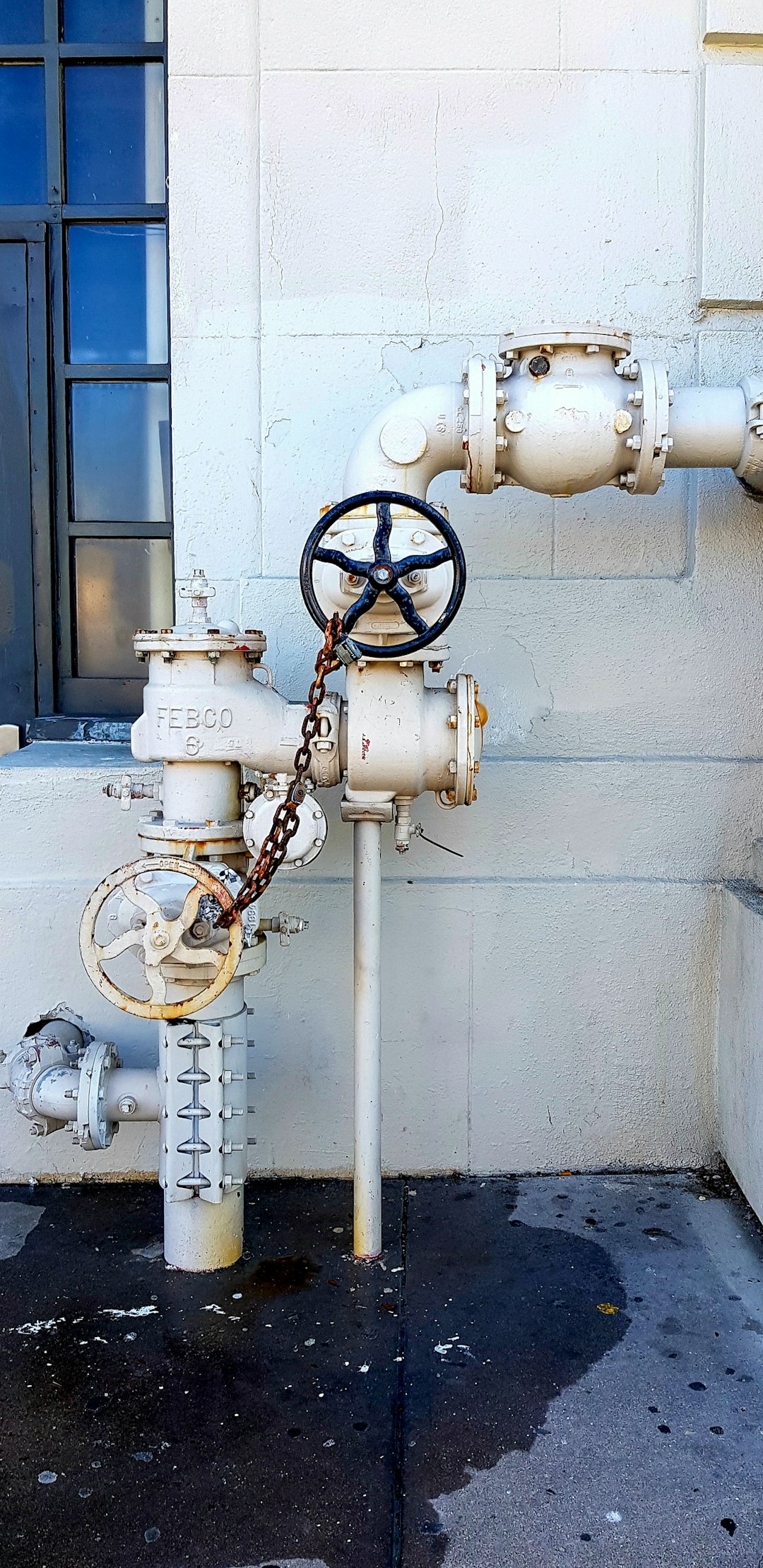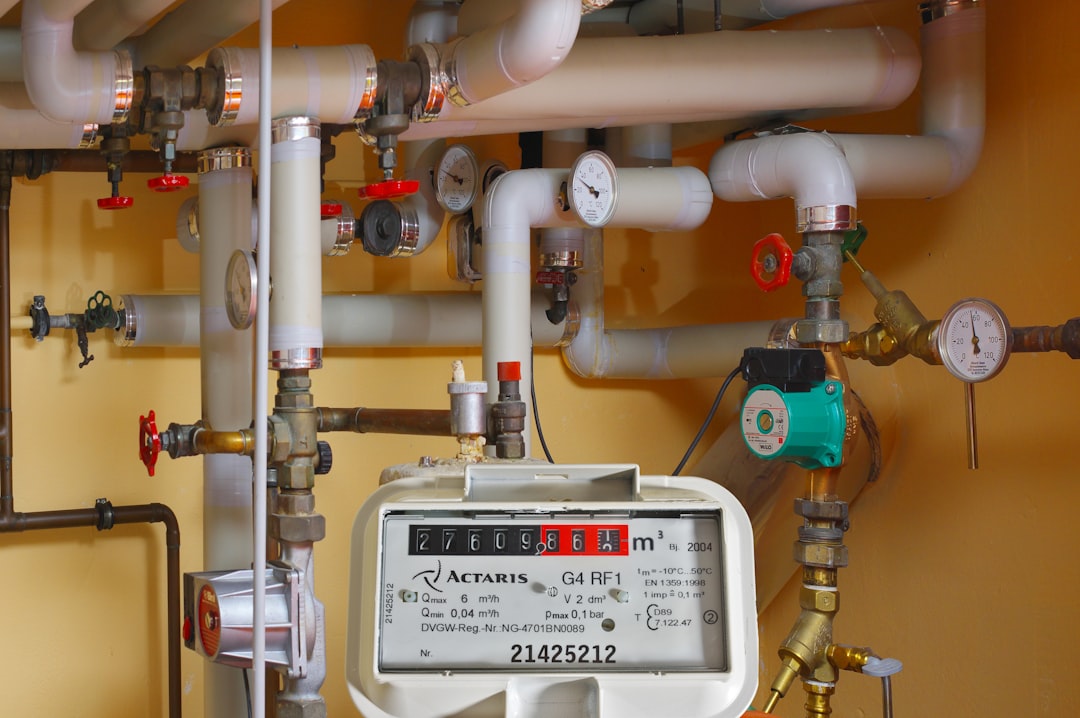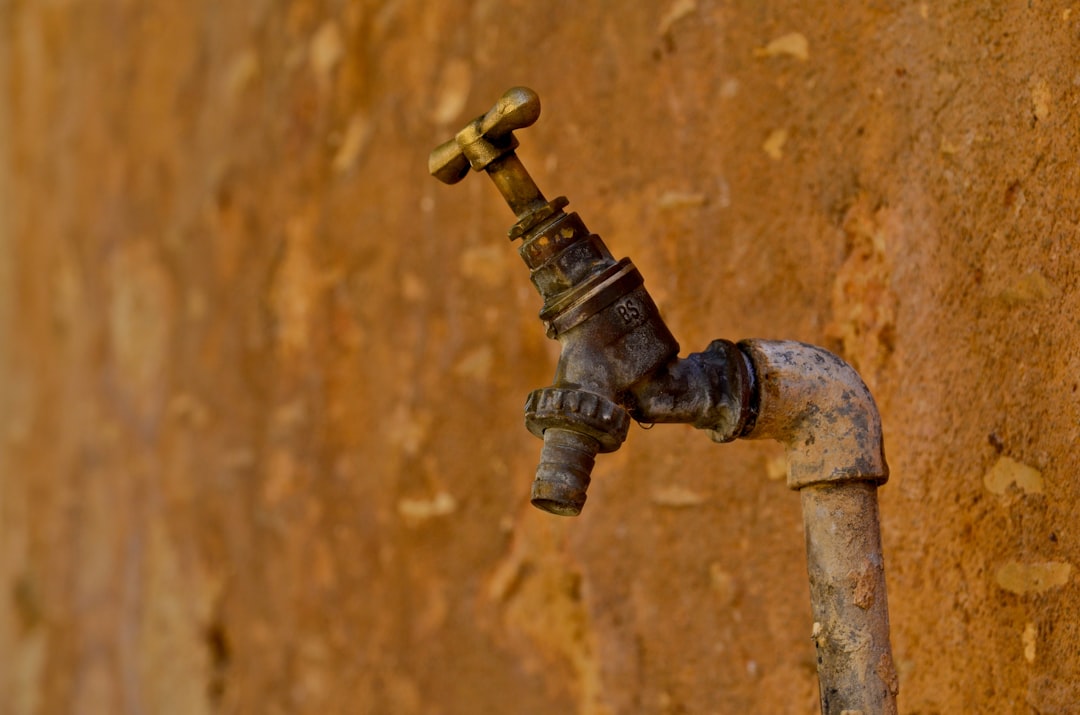Table of Contents
- Introduction
- Plumbing pipe replacement
- Plumbing fixture installation
- Plumbing emergency service
- Plumbing drain cleaning
- Plumbing water heater service
- Plumbing leak detection
- Plumbing sewer line repair
- Plumbing backflow prevention
- Conclusion
- Frequently Asked Questions
Introduction
Have you ever considered how vital plumbing is to our daily lives? From the comforting flow of hot water in your shower to the efficient disposal of waste, plumbing services are the unsung heroes of modern living.
In this comprehensive guide, we will take you on an exciting journey through the diverse world of plumbing, shedding light on various types of plumbing services available today.
Whether it’s fixing a broken pipe, conducting routine maintenance, or installing new systems, each service plays a crucial role in ensuring our homes and businesses function smoothly. Get ready to dive deep into the intricate systems that lie beneath our floors and behind our walls, and discover the expertise that goes into keeping everything running efficiently.
Join us as we explore the essential plumbing services that not only solve problems but also enhance our quality of life. So grab your toolbox, and let’s get started!
Plumbing pipe replacement
Plumbing pipe replacement is a crucial service that addresses issues related to old, damaged, or inefficient pipes within a plumbing system. Over time, pipes can become corroded, cracked, or clogged, leading to leaks and reduced water flow. When these problems occur, it is often necessary to replace the affected pipes to maintain the integrity of the plumbing system.
There are several types of pipes commonly used in plumbing, including PVC, copper, and galvanized steel. Each material has its own advantages and disadvantages, and the choice often depends on the specific application, budget, and local building codes.
During a pipe replacement, a licensed plumber will assess the current pipes and determine the best course of action, ensuring that the new pipes meet modern standards for durability and efficiency.
Furthermore, proper installation is essential to prevent future issues, making it important to hire professionals with experience in plumbing pipe replacement. Regular maintenance can also help extend the lifespan of pipes and reduce the likelihood of future replacements.
Plumbing fixture installation
Plumbing fixture installation refers to the process of setting up various plumbing components that are essential for residential and commercial water systems. This includes the installation of sinks, toilets, bathtubs, showers, and faucets. Each type of fixture requires specific skills and knowledge to ensure they function properly and comply with local plumbing codes.
During the installation process, plumbers must accurately measure and cut pipes, connect fixtures to the water supply and drainage systems, and ensure that all connections are watertight. Proper installation is crucial, as poorly installed fixtures can lead to leaks, water damage, and costly repairs down the line.
Additionally, plumbing fixture installation may involve selecting the right materials and fixtures that suit a homeowner’s needs and preferences. Plumbers often provide guidance on choosing energy-efficient models and the latest trends in plumbing fixtures, ensuring clients make informed decisions. Following the installation, testing is conducted to verify that each fixture operates correctly, providing peace of mind and ensuring a reliable plumbing system.
Plumbing emergency service
Plumbing emergency services are essential for addressing urgent plumbing issues that can arise unexpectedly, causing potential damage to homes and properties. Such emergencies may include severe leaks, burst pipes, overflowing toilets, and malfunctioning water heaters. When faced with these situations, immediate action is critical to prevent further complications or costly repairs.
Emergency plumbing services typically operate 24/7, ensuring that help is available at any hour, day or night. Professional plumbers are trained to assess and resolve these urgent issues efficiently, using specialized tools and equipment. Additionally, they can provide valuable advice on prevention and maintenance to avoid future emergencies.
It is crucial for homeowners to have contact information for a reliable emergency plumbing service readily available. This knowledge can save time and alleviate stress during a crisis, enabling homeowners to tackle plumbing issues promptly and effectively. Remember, addressing plumbing emergencies quickly not only safeguards the property but also ensures the safety of its occupants.
Plumbing drain cleaning
Plumbing drain cleaning is a critical service that focuses on removing blockages and ensuring the proper flow of water through drainage systems. Over time, debris such as hair, grease, soap scum, and food particles can accumulate in pipes, leading to slow drainage or complete obstructions. This not only impacts daily activities but can also lead to more severe plumbing issues and costly repairs.
Professional plumbers utilize various techniques for effective drain cleaning. One common method is hydro jetting, where high-pressure water is used to clear out stubborn clogs and clean the interior of pipes. Another method involves the use of drain snakes or augers, which physically break up and extract blockages. Regular maintenance and cleaning of drains can prevent significant issues down the line, enhancing the longevity of plumbing systems.
It’s advisable for homeowners to schedule routine drain cleaning to avoid emergencies and ensure that their plumbing operates efficiently. This proactive approach can save both time and money while keeping homes safe from potential water damage.
Plumbing water heater service
Plumbing water heater service is an essential aspect of maintaining a functional and efficient household. A water heater is crucial for providing hot water for various domestic needs, including bathing, cooking, and cleaning. Regular service ensures that the unit operates efficiently and extends its lifespan. Common services include flushing the tank to remove sediment buildup, checking the anode rod for corrosion, and inspecting the thermostat settings to maintain optimal temperatures.
During a plumbing water heater service, a qualified technician will also examine the plumbing connections for leaks and ensure that the pressure relief valve is functioning correctly. Furthermore, they may assess the insulation around the unit to prevent heat loss and improve energy efficiency. Customers can benefit from identifying potential issues early, which can save money on energy bills and prevent costly repairs. Whether it’s a traditional tank-style heater or a modern tankless model, professional service can help ensure that hot water is always available when needed.
Plumbing leak detection
Plumbing leak detection is a crucial service that helps homeowners and businesses identify and address leaks before they escalate into more significant issues. Leaks can occur in various parts of a plumbing system, including pipes, faucets, and fixtures. Early detection not only prevents water wastage but also helps in averting potential damage to property, which can be costly to repair.
There are several methods used for leak detection, from traditional techniques like listening for drip sounds to advanced technologies such as infrared thermography and acoustic sensors. Professionals often use specialized equipment to pinpoint the exact location of a leak without invasive digging. When a leak is detected, immediate action is necessary to repair the affected area, ensuring that water flow is restored and structural damages are minimized. Regular maintenance and inspections can aid in the proactive identification of leaks, providing peace of mind to property owners and ensuring the longevity of their plumbing systems.
Plumbing sewer line repair
Plumbing sewer line repair is a critical service that addresses issues within the sewer lines of a plumbing system. This can involve fixing clogs, leaks, or breaks in the sewer pipes, which can lead to significant problems if not addressed promptly. Common signs that you may need sewer line repair include slow drains, unusual odors, or sewage backups.
Several techniques are used for sewer line repair, including traditional dig-and-replace methods and more modern approaches like trenchless repair. The trenchless method involves minimal excavation, allowing for quicker and less invasive repairs.
Qualified plumbers typically inspect the sewer lines using video camera technology to pinpoint the exact location and nature of the issue, allowing for targeted repairs. Maintaining the sewer line is essential to preventing costly repairs in the future and ensuring that wastewater is properly managed.
Timely plumbing sewer line repair not only enhances the overall plumbing system’s efficiency but also helps protect the health of residents by preventing wastewater contamination.
Plumbing backflow prevention
Plumbing backflow prevention is a critical aspect of plumbing services that ensures the safety and quality of a water supply. Backflow occurs when water flows in the opposite direction, potentially allowing contaminants to enter the clean water supply. This can happen due to changes in water pressure, such as when a pipe bursts or when water is drawn rapidly from a faucet. To prevent backflow, various devices and systems are employed. These include backflow preventers, which are installed in plumbing systems to allow water to flow in only one direction.
There are different types of backflow preventers, including air gaps, pressure vacuum breakers, and reduced pressure zone devices, each offering varying levels of protection based on the specific plumbing needs. Regular maintenance and inspection of these systems are crucial to ensure they function correctly. Failure to implement backflow prevention measures can lead to serious health risks, as contaminated water can cause illness. Therefore, understanding and addressing backflow prevention is essential for homeowners and businesses alike.
Conclusion
In conclusion, understanding the various types of plumbing services is essential for maintaining a functional and safe water system in your home or business. From plumbing pipe replacement and fixture installation to emergency services, drain cleaning, and leak detection, each aspect plays a crucial role in ensuring seamless operations. Timely and professional plumbing services not only resolve existing issues but also enhance the longevity and efficiency of your plumbing system. It’s important to remain proactive in seeking maintenance and repairs to prevent future complications.
If you encounter any plumbing-related issues or wish to improve your current system, don’t hesitate to reach out for expert assistance. Call 573-555-2121 today to get the plumbing help you need. Our team of skilled professionals is ready to provide prompt and reliable service to ensure your plumbing runs smoothly.
